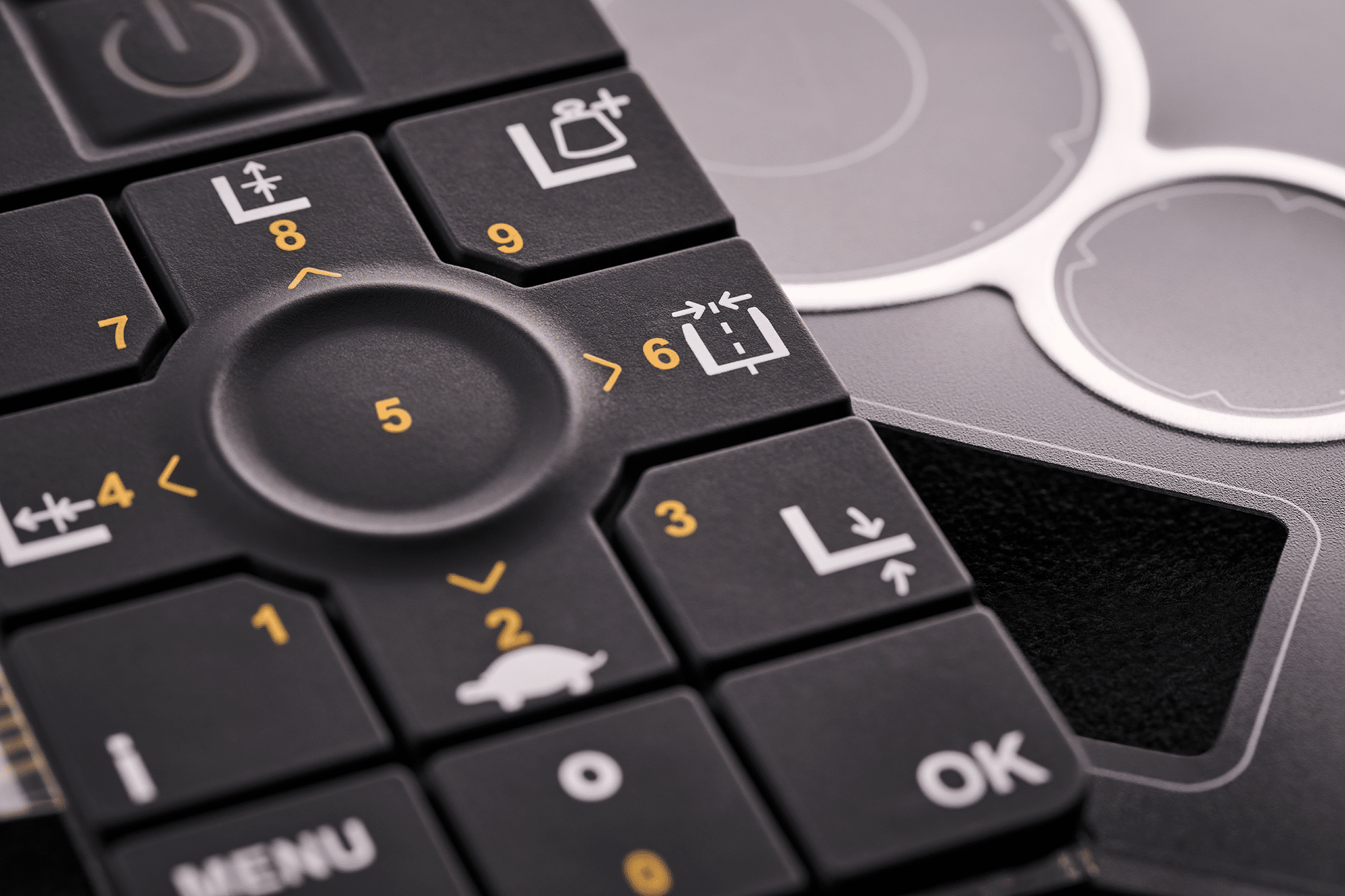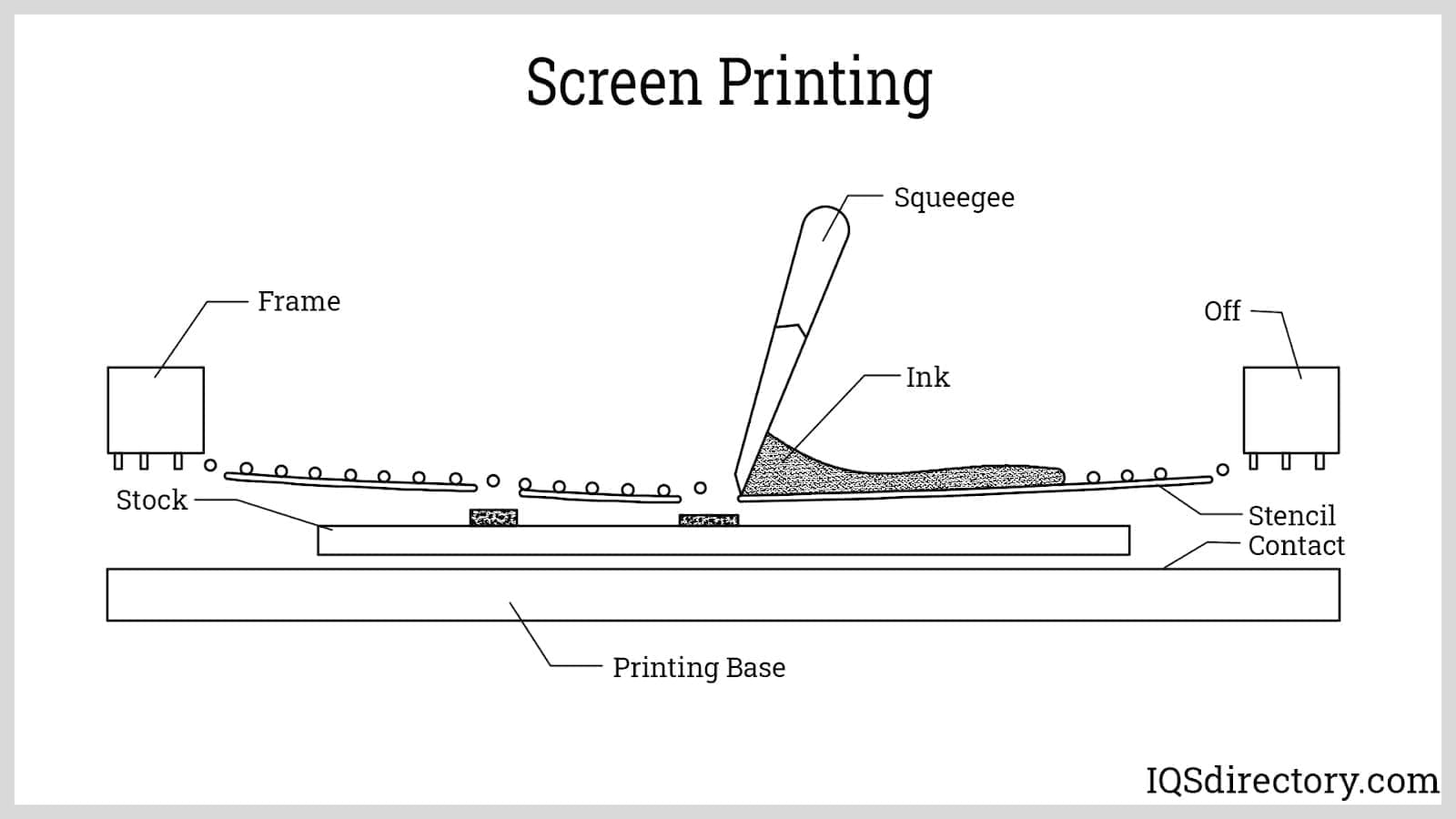What engineers need to know about membrane switch for medical devices
Wiki Article
Understanding the Value of Membrane Layer Change in Modern Electronics
Membrane buttons are important elements in modern digital gadgets. They provide a mix of capability and style that improves customer interaction. Their lightweight and long lasting nature makes them suitable for numerous applications. As markets develop, the demand for modification and progressed features grows. Understanding just how membrane switches add to innovation discloses their relevance fit the future of electronic devices. What lies in advance for this technology?The Fundamentals of Membrane Layer Switch Modern Technology
Commonly overlooked, membrane button technology plays a necessary role in the contemporary electronic devices landscape. These devices, composed of numerous layers, function as individual interfaces for numerous electronic products, ranging from house appliances to clinical tools. A common membrane layer button consists of a graphic overlay, a spacer layer, and a circuit layer, which are meticulously assembled to create a useful interface.When pressure is related to the overlay, the circuit layer is finished, enabling signals to be transmitted to the device. This modern technology is known for its adaptability, enabling customization in functionality, shape, and design to meet particular individual demands. In addition, membrane buttons are slim and light-weight, making them ideal for applications where room is a costs. Their durability and resistance to environmental factors further boost their allure, guaranteeing they can hold up against harsh problems while keeping capability. On the whole, membrane layer switch innovation is essential to producing user-friendly and reliable electronic tools
Secret Benefits of Membrane Switches
Membrane layer changes offer several crucial benefits that make them a recommended selection in different electronic applications. Their layout permits a compact type variable, enabling manufacturers to produce smooth and light-weight tools. Furthermore, membrane layer buttons are resistant to dirt, dampness, and chemicals, which improves their longevity and long life sought after atmospheres. The responsive feedback supplied by these buttons can boost user experience, making them easy and intuitive to operate.Furthermore, membrane buttons can be personalized with diverse graphics and shades, enabling unique branding chances. The production procedure is typically affordable, especially for high-volume manufacturing, as it decreases setting up time and streamlines style. Lastly, membrane layer switches need very little maintenance, adding to reduced total functional prices. These advantages highlight their growing appeal in modern-day electronics, where reliability and easy to use user interfaces are important.
Applications Across Numerous Industries
The convenience of membrane switches over enables their prevalent adoption throughout various sectors. In the medical area, they are typically made use of in diagnostic tools and client surveillance systems, providing a durable interface immune to pollutants. The auto industry uses membrane layer switches for dashboard controls, improving user experience with smooth layouts that endure rough conditions. In customer electronic devices, they function as control board for tools such as microwaves and coffee machine, giving an user-friendly user interface that is very easy to clean. The aerospace industry uses membrane buttons in cabin controls, where reliability and area performance are paramount. Furthermore, the commercial field leverages these switches in equipment and control systems to guarantee durable operation sought after settings. This broad variety of applications highlights the adaptability of membrane layer buttons, making them important components in enhancing capability and user interaction across diverse technical landscapes.Personalization and Style Adaptability

Future Fads in Membrane Layer Switch Over Advancement
Emerging trends in membrane button growth suggest a growing emphasis on boosted performance and assimilation with wise modern technologies. As customer demand for more innovative digital gadgets increases, manufacturers are concentrating on developing membrane switches that not just serve basic functional functions but additionally integrate functions like touch level of sensitivity, backlighting, and haptic feedback.Furthermore, innovations in products are anticipated to improve resilience and ecological resistance, making membrane layer switches ideal for diverse applications in industries such as health care, auto, and consumer electronic devices. The combination of capacitive touch technology is most likely to become extra common, permitting sleeker styles and improved individual interfaces. membrane switch.Additionally, the rise of the Net of Things (IoT) is motivating the development of membrane layer switches that can interact wirelessly with various other gadgets, boosting interconnectivity. In general, the future of membrane layer switch innovation shows up appealing, driven by technology and the quest of straightforward servicesRegularly Asked Questions
Exactly How Do Membrane Layer Switches Contrast to Typical Mechanical Switches?
Membrane layer buttons, being more space-efficient and providing a sleek style, contrast with typical mechanical switches that give tactile comments. The previous frequently include personalized graphics, while the latter normally assure resilience and dependability in numerous applications.What Materials Are Typically Utilized in Membrane Layer Switch Over Manufacturing?
Membrane switches are usually generated making use of products such as polyester, polycarbonate, and published conductive inks. These materials provide responsiveness, versatility, and sturdiness, making them appropriate for different applications in electronic tools and interface.Can Membrane Layer Switches Over Be Fixed or Reused?
Membrane switches can often be fixed, especially if minor issues emerge, such as glue failure or surface damages. Full reuse is normally restricted due to wear and possible deterioration of materials over time.
Exactly How Do Environmental Variables Impact Membrane Change Performance?
Ecological elements, such as direct exposure, humidity, and temperature level to chemicals, considerably affect membrane button performance. Extreme problems can result in deterioration, influencing responsiveness and longevity, eventually compromising the performance of the tool in various applications.What Is the Normal Lifespan of a Membrane Switch over?
The typical life expectancy of a membrane layer button typically varies from 1 to 5 million actuations, relying on factors such as usage regularity, ecological conditions, and the materials utilized in production, influencing sturdiness and efficiency long life. A typical membrane switch is composed of a visuals overlay, a spacer layer, and a circuit layer, which are diligently assembled to produce a useful interface - membrane switch.When stress is used to the overlay, the circuit layer is completed, allowing signals to be transmitted to the gadget. The tactile comments provided by these switches can boost user experience, making them user-friendly and simple to operate.Furthermore, membrane layer buttons can be tailored with varied graphics and shades, permitting for unique branding opportunities. As consumer demand for more sophisticated electronic devices increases, manufacturers are focusing on creating membrane layer switches over click to read that not just offer fundamental functional functions however also incorporate features like touch sensitivity, backlighting, and haptic feedback.Furthermore, improvements in materials are expected to improve resilience and environmental resistance, making membrane switches ideal for varied applications in markets such as healthcare, automotive, and customer electronic devices. The combination of capacitive touch innovation is likely to come to be extra common, enabling try these out for sleeker designs and boosted individual interfaces.Additionally, the rise of the Internet of Points (IoT) is triggering the development of membrane layer changes that can communicate wirelessly with various other gadgets, enhancing interconnectivity. Membrane layer switches, being more space-efficient and supplying a smooth layout, comparison with traditional mechanical buttons that give responsive commentsReport this wiki page